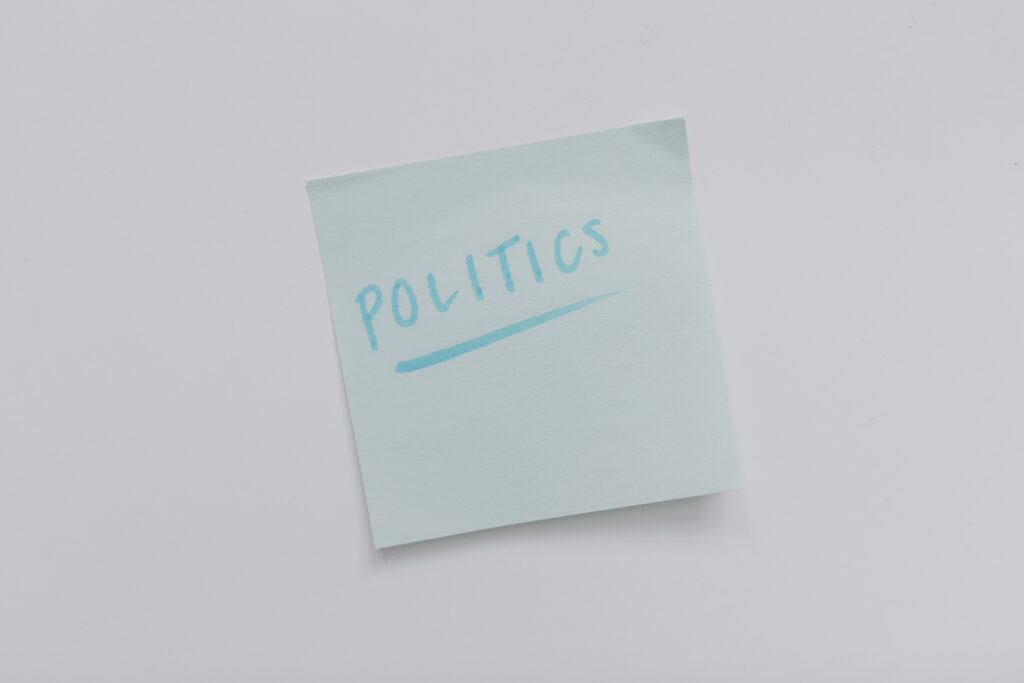Politics, a realm of diverse opinions and ideologies, relies on the political spectrum as a fundamental tool. It helps us make sense of a wide array of ideas that shape our world. In this article, we’ll explore the basics of the political spectrum, setting the stage for deeper dives into individual ideologies in future articles.
What is the Political Spectrum?
At its core, it visually represents political ideologies’ relative positions, aiding our understanding and categorization of them based on their core principles.
The Left-Right Continuum: A Fundamental Framework
The political spectrum often employs the left-right continuum, a linear model that ranges from left to right.
- Left: Emphasizes progressivism, social equality, and government intervention. Includes socialism, communism, liberalism, and environmentalism.
- Right: Emphasizes traditional values, limited government, and a free-market approach. Encompasses conservatism, libertarianism, and nationalism.
The Center: Finding Common Ground
The center represents a space for moderate ideologies. Centrists aim to balance left and right positions, seeking practical solutions.
Beyond the Linear Model: Multidimensional Spectrums
Political ideologies are multifaceted, leading to multidimensional spectrums that consider various factors. These models offer a nuanced understanding of ideologies and their positions.
The Flexibility of the Spectrum
The political spectrum evolves and varies across societies. “Left” and “right” labels differ between countries.
Understanding the political spectrum’s basics, including the left-right continuum and centrism, is crucial as we explore specific political beliefs in future articles. Stay tuned for deeper dives into the impact of these ideologies on our world.


